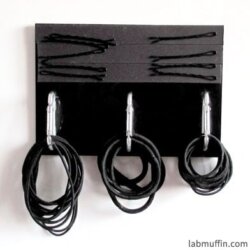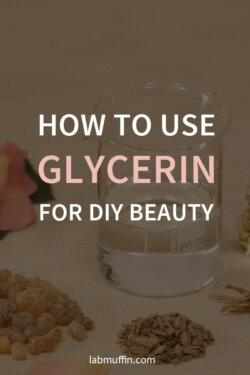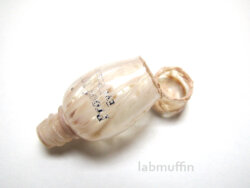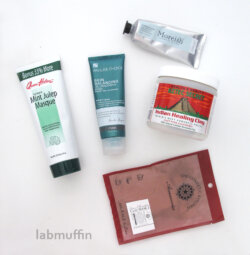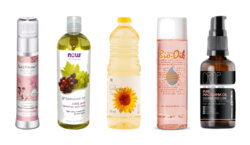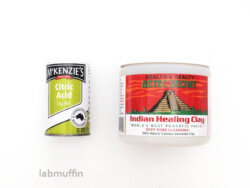DIY Hair Tie & Bobby Pin Organiser: Tutorial
Like most people with long hair, I have a million hair ties and bobby pins that end up strewn all over the bathroom. I’ve tried organising them with jars and hooks, but it never seems to stick. I recently saw two life hacks for how to keep everything neat: a magnetic strip for bobby pins, and carabiner clips for holding …
